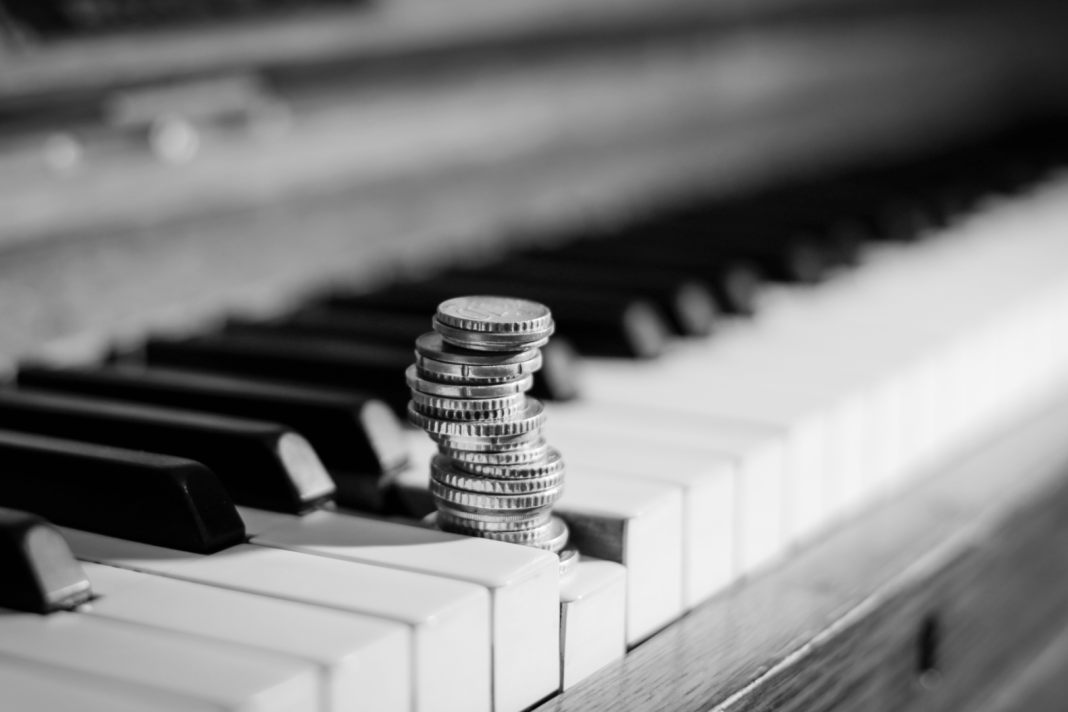Understanding Music Royalties
Behind every stream, spin, or sync lies a complex system of payments. Here’s how music royalties really work — and who gets paid.
🎼 What Are Music Royalties?
Music royalties are payments made to rights holders (like songwriters, artists, and publishers) for the use of their music. Anytime a song is played, downloaded, streamed, broadcast, or used in a film, someone gets paid — or at least they should.
🎧 Types of Music Royalties
1. Mechanical Royalties
-
What it covers: Reproduction of music (CDs, digital downloads, streaming platforms)
-
Who gets paid: Songwriters and publishers
-
Example: Every time a song is sold on iTunes or streamed on Spotify, mechanical royalties are generated.
2. Performance Royalties
-
What it covers: Public performance of music (radio, live concerts, TV, bars, restaurants, etc.)
-
Who gets paid: Songwriters, composers, and publishers
-
Collected by: Performing Rights Organizations (PROs) like ASCAP, BMI, SESAC (US) or PRS (UK)
3. Synchronization (Sync) Royalties
-
What it covers: Music used in visual media (movies, TV shows, ads, video games)
-
Who gets paid: Songwriters, publishers, and sometimes the artist (if master rights are used)
-
Example: A Drake song in a Nike commercial = big sync money.
4. Master Royalties (a.k.a. Artist Royalties)
-
What it covers: Royalties paid for the use of a specific sound recording
-
Who gets paid: The recording artist or label that owns the “master”
-
Often earned through: Streaming, sales, and licensing
5. Print Royalties
-
What it covers: Sheet music sales
-
Who gets paid: Composers and publishers
🏛️ Key Players in Royalty Distribution
| Role | Description | Gets Paid? |
|---|---|---|
| Songwriter | Writes lyrics and/or melody | ✅ |
| Publisher | Manages rights for songwriters | ✅ |
| Recording Artist | Performs the song | ✅ (on master) |
| Record Label | Owns the master recording | ✅ |
| PRO (e.g. ASCAP/BMI) | Collects performance royalties | 🏦 |
| DSP (e.g. Spotify, Apple Music) | Distributes and monetizes streams | 🏦 |
💡 Common Royalty Myths
-
Myth: Artists make a lot from streaming
Fact: Spotify pays around $0.003–$0.005 per stream — not much unless you’re getting millions. -
Myth: The performer always owns the song
Fact: Songwriters often earn more than performers unless artists own their masters. -
Myth: Once a song is released, royalties are automatic
Fact: You must register your music with PROs and distributors to get paid.
🎵 How to Ensure You Get Paid
-
Register with a PRO (e.g. ASCAP, BMI, SESAC)
-
Use a distribution service like TuneCore, DistroKid, or CD Baby
-
Consider publishing administration (e.g. Songtrust, Sentric)
-
License your music for sync opportunities
-
Keep metadata accurate — incorrect song info = missed payments
🧾 How Much Can You Earn?
Earnings vary widely. Here’s a very rough example for a hit song:
| Source | Estimated Royalty |
|---|---|
| 1M Spotify streams | $3,000–$5,000 (split among rights holders) |
| TV commercial sync | $10,000–$100,000+ |
| Radio airplay (national) | $1,000–$100,000 (varies by reach & PRO) |
Final Thoughts
Music royalties are the backbone of the music business — but they’re not as simple as getting a check every time your song plays. Whether you’re an artist, songwriter, or producer, understanding your rights and registering your work is essential to turning talent into income.


